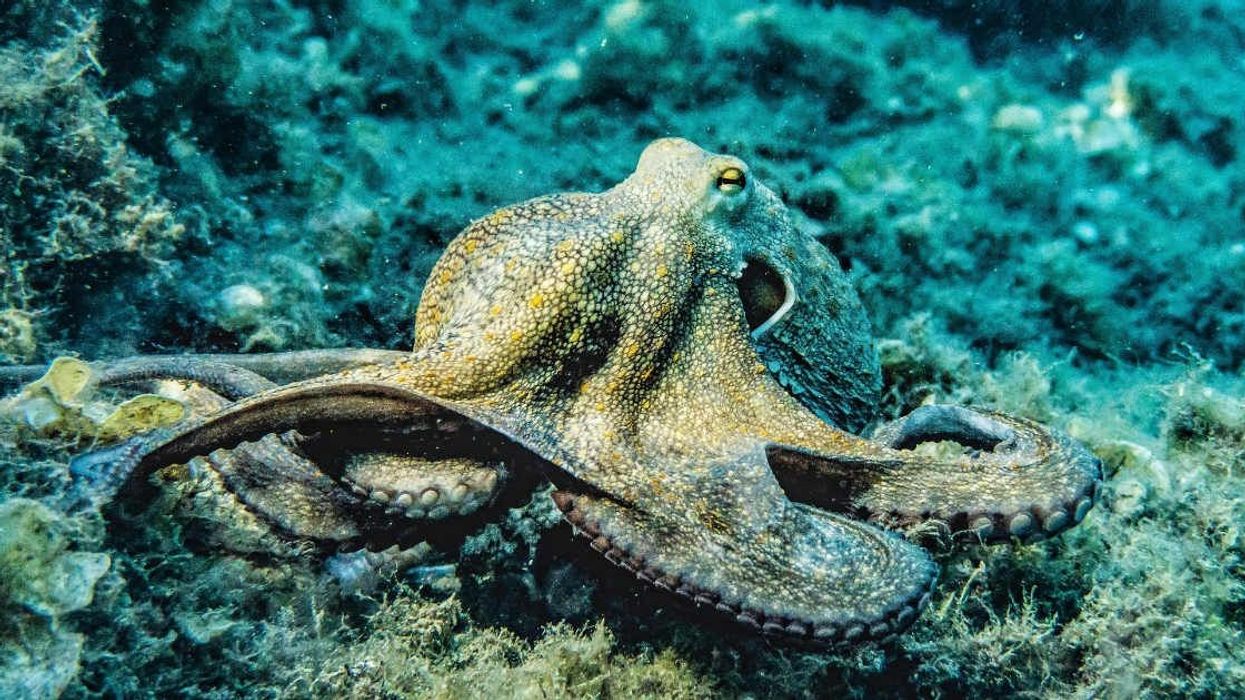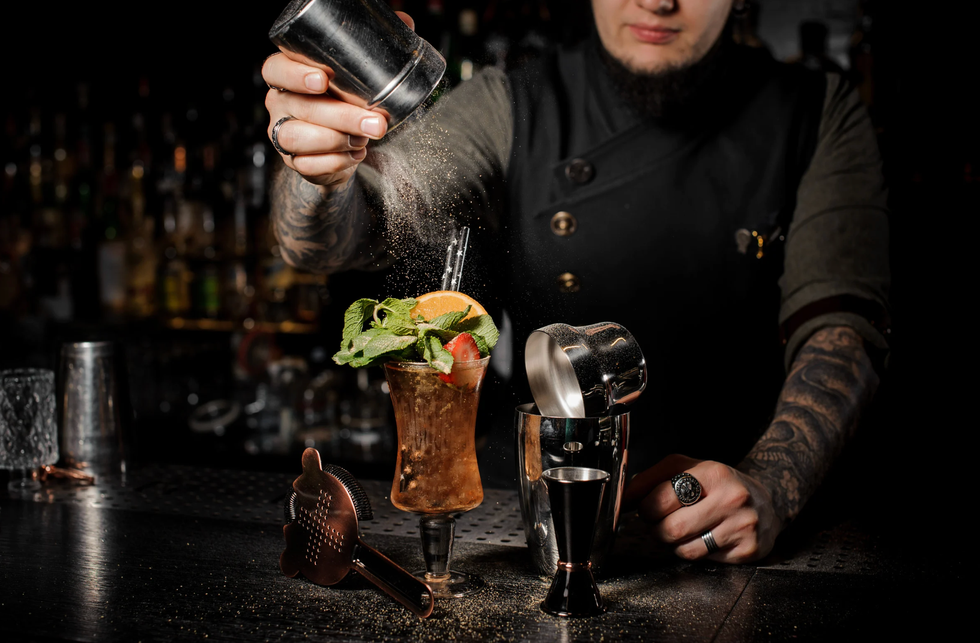Shocking... but how did this happen?
In the 1960s, toymaker Mattel released "Slumber Party Barbie," along with combs, hair rollers, and a sleeping bag. This Barbie set included a bathroom scale permanently stuck at 110 pounds, and a small book titled "How To Lose Weight." The only words written in the book were the all-capital exhortation, "DON'T EAT!" Decades later, this advice would re-emerge as the code word "I.D.E.A." used online by sufferers of eating disorders—short for the chilling slogan: I don't eat anymore.
Starting with their very first toy doll, girls are exposed to highly unrealistic images of female bodies, and are taught to model these images in their own lives. The ubiquitous Barbie doll is stated to be 5'9" tall and weigh 110 pounds—about 35 pounds below a healthy weight for a woman of that height. With these proportions, a woman would not have the necessary body fat to menstruate at all, and her body mass index would approach the "severely underweight" range.
The Yale Center for Eating and Weight Disorders has calculated how much an average healthy woman's body would have to change in order for her to have the proportions of a Barbie doll. They found that women would have to grow two feet taller, extend their neck length by more than three inches, gain five inches in chest size, and lose six inches in waist circumference. No woman could ever hope to achieve such impossible dimensions, and yet young girls are shown that this is a body to emulate.
The impact of these dolls on the self-image and eating habits of girls is very real, and very measurable. In a psychological study, girls from age five to eight were shown images of either a Barbie doll, or a more realistic "size 16" doll. Those who saw the Barbie dolls had less self-esteem and worse body image, and had a stronger desire to be thin.
When girls aged six to 10 were assigned to play with either a very thin doll or an average-sized doll, the children who had played with the thin doll ate significantly less food. The bodies represented by these popular dolls—the toy that every girl must have—are directly influencing how children see themselves, as well as how they feed themselves.
In an effort to better understand the reality of how far Barbie really is from the average woman, we created an infographic featuring a photo-realistic rendering of what Barbie would look like compared to an average woman, along with an apples to apples comparison of her dimensions to that of average women, anorexic women, and fashion models.
This project was created by Rehabs.com, as part of a larger report on eating disorders among young women. If you or someone you know are struggling with an eating disorder and want to discuss treatment options, please call 1-888-4-REHABS to talk to a caring advisor.
Jeff Smith is the CEO of Rehabs.com.

















 Screenshots of the man talking to the camera and with his momTikTok |
Screenshots of the man talking to the camera and with his momTikTok |  Screenshots of the bakery Image Source: TikTok |
Screenshots of the bakery Image Source: TikTok | 
 A woman hands out food to a homeless personCanva
A woman hands out food to a homeless personCanva A female artist in her studioCanva
A female artist in her studioCanva A woman smiling in front of her computerCanva
A woman smiling in front of her computerCanva  A woman holds a cup of coffee while looking outside her windowCanva
A woman holds a cup of coffee while looking outside her windowCanva  A woman flexes her bicepCanva
A woman flexes her bicepCanva  A woman cooking in her kitchenCanva
A woman cooking in her kitchenCanva  Two women console each otherCanva
Two women console each otherCanva  Two women talking to each otherCanva
Two women talking to each otherCanva  Two people having a lively conversationCanva
Two people having a lively conversationCanva  Two women embrace in a hugCanva
Two women embrace in a hugCanva 
 A reddit commentReddit |
A reddit commentReddit |  A Reddit commentReddit |
A Reddit commentReddit |  A Reddit commentReddit |
A Reddit commentReddit |  Stressed-out employee stares at their computerCanva
Stressed-out employee stares at their computerCanva
 Who knows what adventures the bottle had before being discovered.
Who knows what adventures the bottle had before being discovered. 
 Gif of young girl looking at someone suspiciously via
Gif of young girl looking at someone suspiciously via 

 A bartender makes a drinkCanva
A bartender makes a drinkCanva